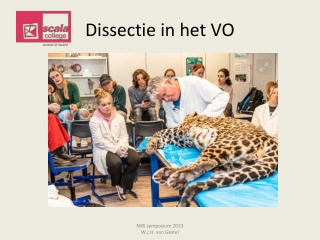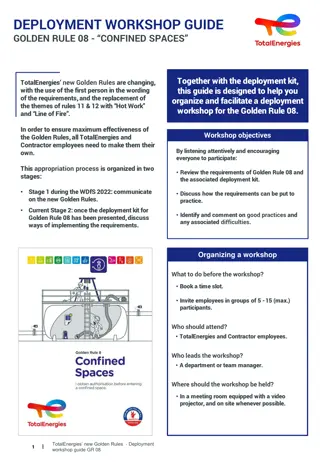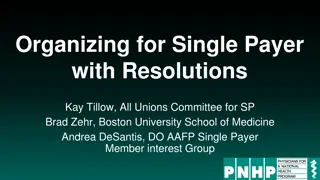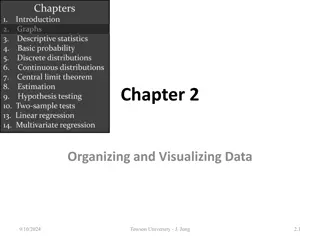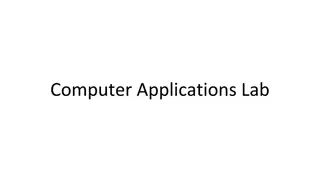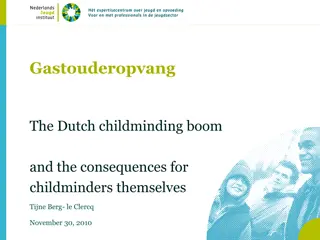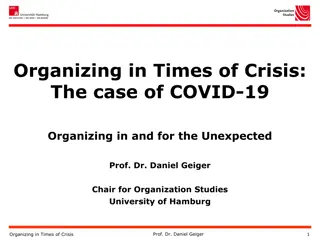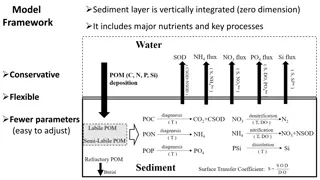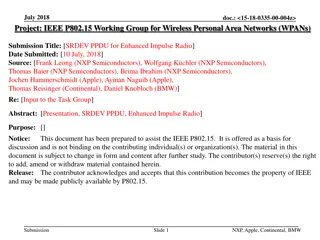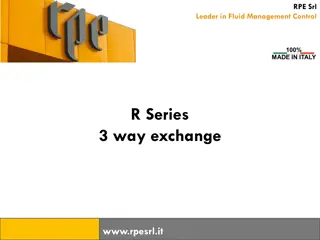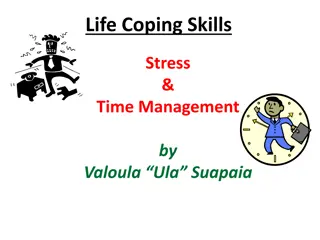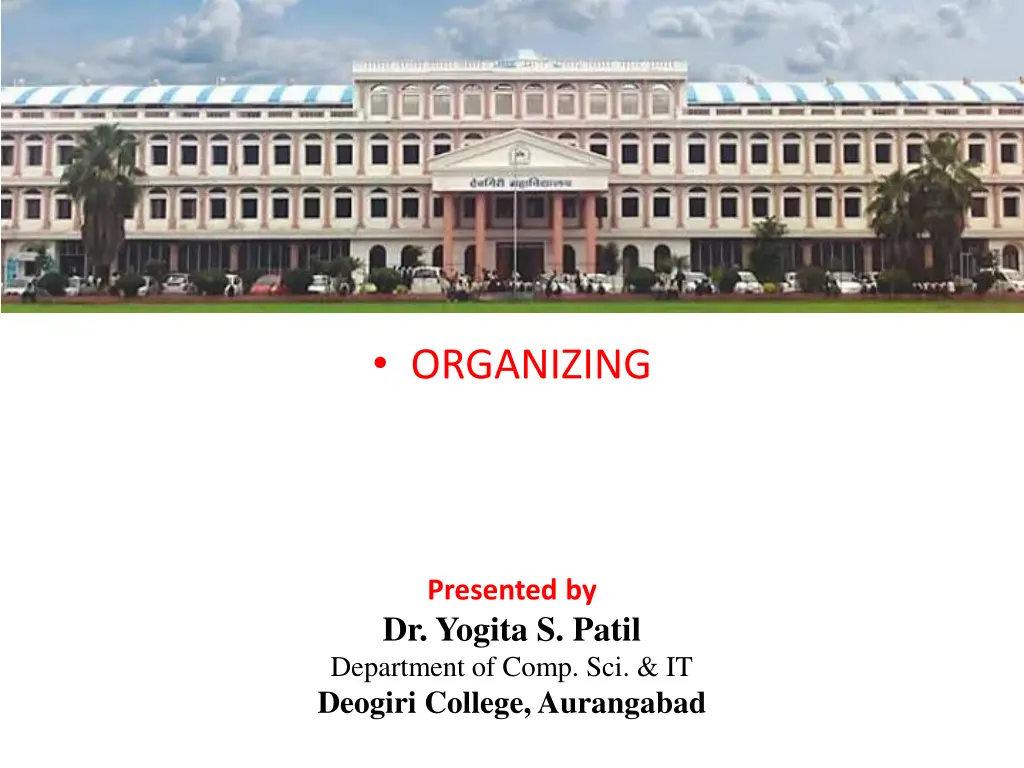
Understanding the Nature of Organizing in Management
Explore the concept of organizing in management with Dr. Yogita S. Patil from Deogiri College, Aurangabad. Learn about common objectives, division of work, coordination, communication, central authority, rules, and regulations in the organizational setting. Gain insights into how organizing facilitates efficient administration and goal achievement within a group of individuals working towards common goals.
Download Presentation

Please find below an Image/Link to download the presentation.
The content on the website is provided AS IS for your information and personal use only. It may not be sold, licensed, or shared on other websites without obtaining consent from the author. If you encounter any issues during the download, it is possible that the publisher has removed the file from their server.
You are allowed to download the files provided on this website for personal or commercial use, subject to the condition that they are used lawfully. All files are the property of their respective owners.
The content on the website is provided AS IS for your information and personal use only. It may not be sold, licensed, or shared on other websites without obtaining consent from the author.
E N D
Presentation Transcript
ORGANIZING Presented by Dr. Yogita S. Patil Department of Comp. Sci. & IT Deogiri College, Aurangabad
UNIT-3 ORGANIZING Dr. Yogita S. Patil 1 2
What Is Organizing? Deciding how best to group organizational activities and resources. Organizing: the process by which managers establish working relationships among employees to achieve goals. 11 - 3
NATURE OF organizing: 1. Group of Persons 2. Common Objectives 3. Division of Work 4. Co-ordination 5. Communication 6. Central Authority 7. Rules & Regulations 8. Environment
Common Objectives: Every organization has a common objectives. The common goal is the basis of cooperation among the members. Group of Persons: An organization is a group of people working together for the achievement of common objectives.
Division of Work: total task is divided into the members of the group. Division of work is necessary not only because one individual cannot do all the work but specialization results in efficiency and effectiveness. Co-ordination: The members of an organization are willing to help each other for the achievement of desired goals.
Communication: organization communicates with each other in order to integrate or coordinate there efforts. People can perform together efficiently. People who form an Authority: In an organization, there is a central directing authority which controls the concerted efforts of the group. The chain of authority- responsibility relationships is known as the chain of command.
Rules and Regulations: For the orderly and systematic working of the members, rules and regulations are laid down and enforced by the central authority. Environment: Economic,social,political and legal factors.
1. Facilitates Administration 2. Encourages Growth & Diversification 7. Coordination IMPORTANCE OF ORGANIZING 6. Ensures Continuity of Enterprise 3. Optimum Use of Technology 5. Encourages Good Human Relations 4. Stimulates Innovation & Technology
PURPOSE / IMPORTANCE OF organizing: Facilitates Administration: Achievement of the objectives of an enterprise by providing a framework of coordination and control. Individual goals can be coordinated towards group goals. A properly balanced organization facilitated both management and operation of the enterprise. Encourages Growth & Diversification: It has enabled organizations to grow and expand to giant sizes. It provides flexibility for growth without losing control over various activities.
Optimum Use of New Technology: Optimum use of technology permits optimum utilisation of human resources. Sound organization ensures that every individual is placed on the job for which one is best suited. Stimulates Innovation & Creativity: It stimulates creative thinking and initiative on the part of employees. It provides recognition for the professional and the specialist in terms of their achievement.
Encourages Good Human Relations: The assignment of right jobs to right person improves job satisfaction and inter-personal relations. Well-defined jobs and clear lines of authority and responsibility ensure good human relations. Ensures Continuity of Enterprise: It provides scope for the training and development of future management. Coordination: Division of labor, better utility of technology and human talent helps to improve the efficiency and quality of work.
PROCESS: IDENTIFICATION OF ACTIVITIES GROUPING OF ACTIVITIES 2. 1. 3. 4. DELEGATION OF AUTHORITY ASSIGNMENT OF DUTIES
Process of organizing: 1. Identification of Activities: First step is to determine the tasks that must be performed to achieve the established objectives. Activities and jobs are building blocks of any organization. The activities to be performed depends upon the objectives, nature & size of the enterprise. 2. Grouping of Activities: The various activities are the grouped into departments or divisions according to similarity and common purpose. It may be grouped on various basis i.e. functions products, territories, customers etc depending on requirements.
3. Assignment of Duties: The assignments of activities creates responsibility and ensures certainty of work performance. The process should be carried down to the lowest levels. 4. Delegation of Authority: Every individual is given the authority required to carry out the responsibility assigned to him. Every individual must know to who are his subordinates.
Organizational Structure It is a framework within which an Organization arranges it s lines of authorities and communications and allocates rights and duties.
Formal and Informal Organization Formal structure is defined as the relationships among organizational resources as outlined by management. Informal structure is defined as the patterns of relationships that develop because of the informal activities of organization members. 9
DEPARTMENTATION The basis by which jobs are grouped together. Forms (or) Types Departmentation by Function Departmentation by Geography Departmentation by Customer Group Departmentation by Product Departmentation by Process 1 19
Functional/Divisional Structures A division is a collection of functions working together to produce a product. Product structure: divisions created according to the type of product or service. Geographic structure: divisions based on the area of a country or world served. Market structure: divisions based on the types of customers served.
Product Structure CEO Corporation Corporate Managers Washing Machine Division Lighting Division Television Division
Geographic Organization Geographic Organization The categorization of organizational units by geography. Advantages : Allows for the use of local employees or salespeople. Disadvantages : Having multiple locations can be costly.
Geographic Structure CEO Corporation Corporate Managers Northern Region Western Region Southern Region Eastern Region
Customer Organization Customer Organization The categorization of organizational units by customers served. Advantages : Allows employees to identify with a particular customer type. Disadvantages : Possible duplication of facilities and equipment.
Market Structure CEO Corporation Corporate Managers Large Business Customers Small Business Customers Educational Institutions Individual Customers
Hybrid Organization Hybrid Organization An organizational structure that uses multiple types of departmentalization within the organization. A small organization may have no organization at first. As it grows, it may organize first on one basis, then another, and then another. Hybrid organizations share the same advantages and disadvantages as the organization types being used within it.
Line Authority An organizational structure in which authority originates at the top and moves downward in a line It is the simplest organizational structure. Advantages : It is a clear authority structure that promotes rapid decision making. Disadvantages : May force managers to perform too broad a range of duties. May cause the organization to become too dependent on key employees who are capable of performing multiple duties.
Line VS Staff 1 34
Matrix Structure Matrix Structure A hybrid organizational structure in which individuals from different functional areas are assigned to work on a specific project or task. Advantages : Employees are challenged constantly, interdepartmental cooperation develops along with expanded managerial talent. Disadvantages: A role conflict can develop if the authority of the project manager is not clearly delineated form that of a functional managers.
Matrix Organization Functional Control Project A Project- based Control Project B Project C Engineering Production Logistics Design
Team Organization Functional Control Team Leader Member A Member B Member C Member D Engineering Production Logistics Design
Span of Control The number of subordinates a manager can efficiently and effectively direct Concept Wider spans of management increase organizational efficiency Narrow Span Drawbacks Expense of additional layers of management Increased complexity of vertical communication Encouragement of overly tight supervision and discouragement of employee autonomy
Determination of Span of Control Direct single relationship A SUPERVISOR Direct group relationship B C SUBORDINATES A Cross relationship B C 1 41
Factors that Determine an Effective Span Capacity of supervisor Capacity of subordinates. Nature of Work Type of Technology Delegation of Authority Clarity of plans Communication Techniques Using of objective standards Geographical closeness of employees Direction and Coordination 1 42
Tall Structure Large, complex organizations often require a taller hierarchy. In its simplest form, a tall structure results in one long chain of command similar to the military.
Flat Organizational Structure Flat structures have fewer management levels, with each level controlling a broad area or group. Flat organizations focus on empowering employees rather than adhering to the chain of command.
Centralization & Decentralization Centralization The degree to which decision making is concentrated at a single point in the organization. Decentralization The degree to which decision making is spread throughout the organization.
CENTRALIZATION 1 48

